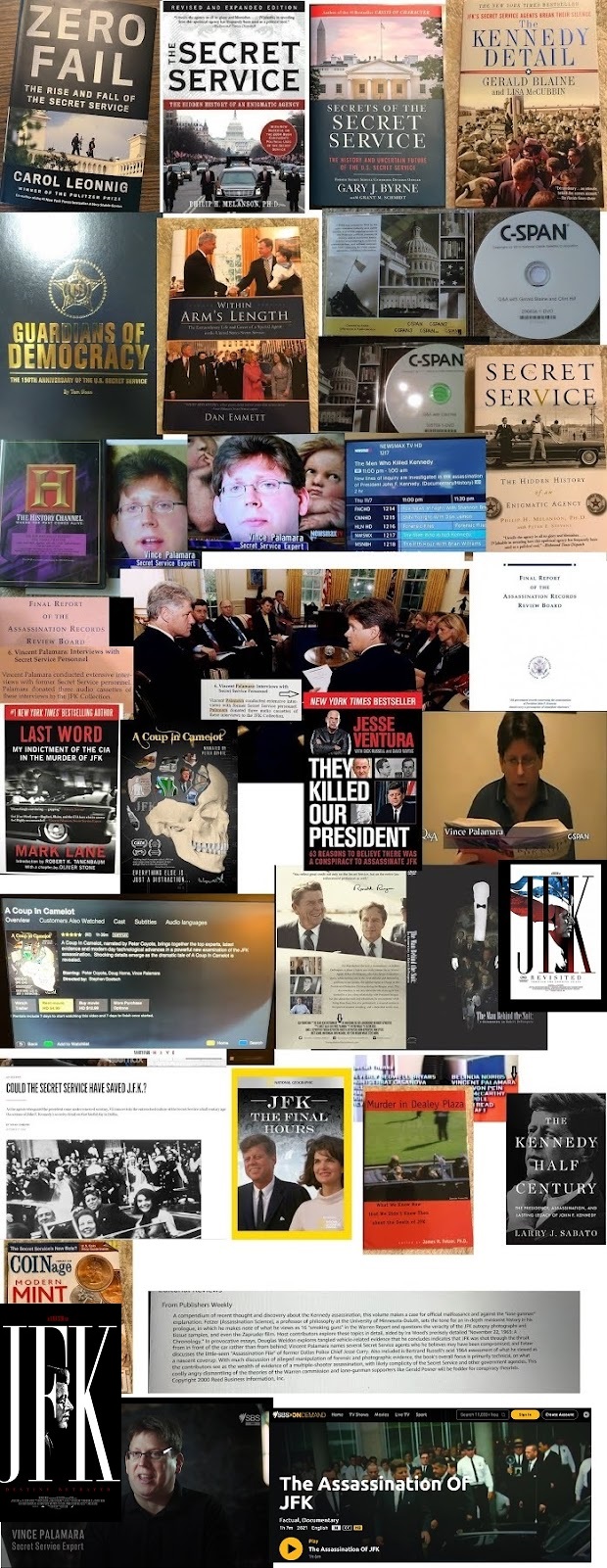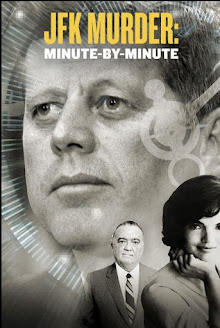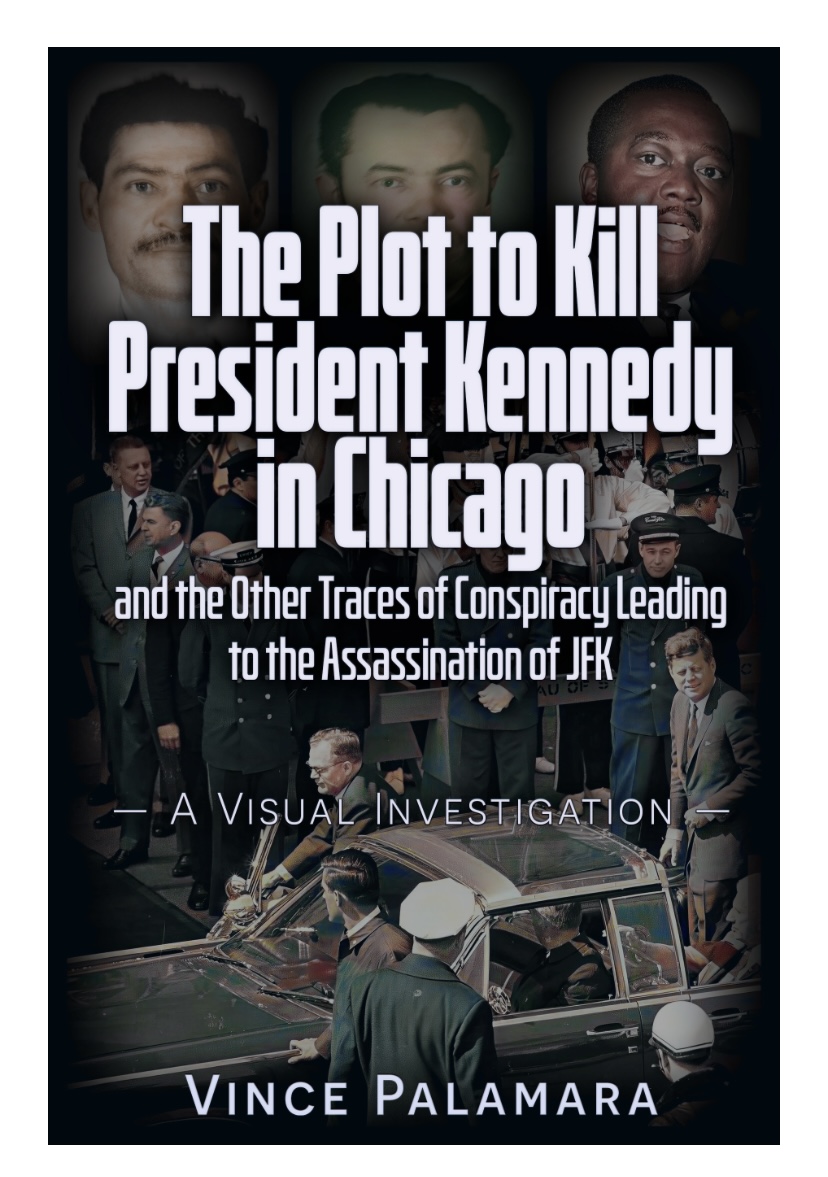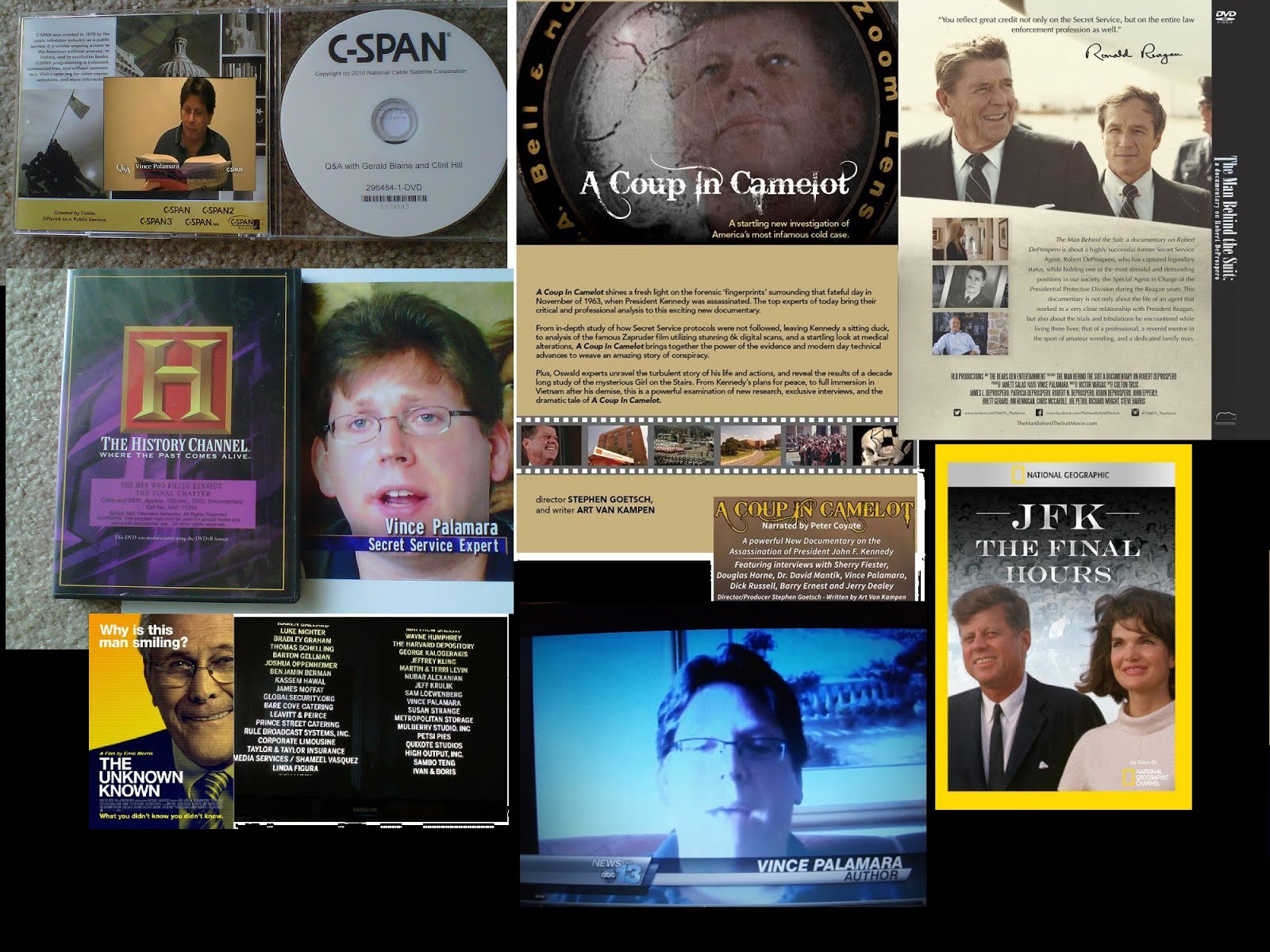http://www.courier-gazette.com/articles/2010/06/06/news_update/228.txt
Collin County man lives 'secret' life
Ronnie Baker / Staff Photo - Mike Howard served as a Secret Service agent behind the scenes with Presidents Kennedy, Johnson, Nixon, Ford, Reagan and their families. Behind him are reminders of his time with the Johnson family.
By Marthe Stinton, mstinton@acnpapers.com
Published: Sunday, June 6, 2010 10:05 PM CDT
Imagine exaggerating on a resume. Now imagine exaggerating on a resume, getting hired, and being assigned to work with the first lady of the United States in one of the most controversial times in U.S. history. For former Secret Service agent Mike Howard, one little exaggeration took him farther than he ever thought he would go: the White House.
Upon walking into his home, it is very clear that Mike Howard is a native Texan. It is even clearer that this retired agent has served his country in almost every aspect, from military, to Secret Service, to police and now to instructor. However, perhaps what's unclear about this man is what story he will tell next.
"I was assigned to protect Mrs. Jacqueline Kennedy," Howard said. "I was working a counterfeit case and they called and said, 'You're being reassigned.' Mr. Sorrels, the agent in charge of the Dallas (branch), called me in his office and said, 'You're going to be working with the first lady.' I thought, 'That's not going to work - I don't speak Bostonian and she doesn't speak Texican.' I was scared to death."
But the fear soon turned to a lasting friendship with the first lady, one that started with a small exaggeration in his personnel file.
"When you first come into the Secret Service, one of the things they ask you is what you are good at," Howard said. "One of the things they asked me was my hobbies, and one of them was that I was a horseback rider. On the card it gives you an option: good, better, best and expert; and guess what I put? 'Expert.'"
Howard said when he met Mrs. Kennedy, she was ecstatic.
"She said, 'Oh, you're Mr. Howard. I'm so glad you're here; now I can ride every day if I want to, can't I?" Howard said. "What am I going to say? All I could think to say was, 'Yes, Ma'am.'"
Howard said he became very good friends with Mrs. Kennedy, calling her "gracious" and "always a lady."
"It's hard to imagine a first lady being just another lady," Howard said. "That's all she was: a lady. It was always 'Mr. Howard' this and 'Mr. Howard' that - it was never 'Agent Howard.' She was great to work with."
Howard spoke of several outings he had with the first lady, including shopping excursions, dinners and the fateful trip to Texas.
According to Howard, because of his experience with the Saginaw Police Department he was sent to accompany the president and first lady during the Fort Worth leg of their Texas tour. When they arrived it was after midnight, and crowds of people lined the streets in front of the Texas Hotel. Howard assisted the couple to their room on the last night they would spend together.
"The next morning was the big breakfast," Howard said. "Everyone was giving their speeches, and I was asked to have Mrs. Kennedy come down from her room. Well, the worst thing you can do is tell a woman to hurry up - especially the first lady."
He had tried to pass off the assignment to other agents, but he said, "That didn't work." Howard said that before he could even knock on the door, she opened it.
"There she was; she was all dressed in that pink suit, pink pillbox hat and leather purse," Howard said. "She said, 'Oh good morning, Mr. Howard, isn't it a beautiful day?' And it was. It had been raining all morning, but all of a sudden it was beautiful."
Howard escorted President Kennedy and the first lady to Carswell Air Force Base, where they boarded Air Force One for the short flight to Dallas. Howard, along with other agents, stayed behind and swept the hotel rooms before their scheduled trip to Love Field, where they were to meet the president and head to Austin.
"We were fixing to leave the room when we heard the TV say there were shots fired in Dallas," Howard said. "We went downstairs and found a 1963 white Ford Interceptor that belonged to Tarrant County Sheriff Lon Evans. I told him I needed his car and that I wasn't sure what was going on but that shots had been fired. He asked where we were going, and I said, 'Dallas.'"
Upon arriving in Dallas, Howard went straight to Parkland Hospital, where fellow agents directed him to the emergency room.
"I went in and they were working on President Kennedy, and in the other room they were working on John Connolly because he was hit also," Howard said. "As I was standing there, Mrs. Kennedy walked in and the pink suit I had seen her in that morning was all spattered in blood. They asked the priest to come in to administer the last rites. We then took the body into the hearse and then to Air Force One. That was the last time I saw Mrs. Kennedy like that."
In an unusual turn of events, the next morning Howard received orders that he was to protect the Oswald family.
"People wanted to kill the whole family. Emotion was very high," Howard said.
Fellow agent Charlie Kunkel went with Howard to the Oswald's home. However, the family was nowhere to be found. According to Howard, he picked up a pad of paper on the table.
"We could tell it had been scribbled on, so we picked up a pencil and" - Howard pantomimed rubbing a pencil on a sheet of paper - "sure enough, it said, 'Executive Inn,'" he said. "It was the only clue we had."
The two agents went to the inn, where they waited until the next morning to take the family into protective custody. Marina Oswald requested that the men take her by the house to get supplies for the baby.
"As we left there, we had the police radio on and they said that they were fixing to move Lee Oswald from the city jail to the county jail," Howard said. "They said that Oswald had been shot and that he was on the way to the hospital. Mamma Oswald translated for Marina - who only spoke Russian - and said, 'She would like to go see my son.' When we arrived at the hospital, the surgeon was cursing, saying, 'I had the S.O.B. saved and he died of shock.'"
When asked about the transition from protecting the First Family to protecting the assassin's family, Howard said, "You just tighten your belt and do your job."
"It was hard because I was protecting the president and first lady one day, and then I had the assassin's family the next," Howard said. "That really hits you; but by order of the president and when you are an agent with the Secret Service, you do your job."
After the Kennedy assassination, Howard worked with Presidents Johnson, Nixon, Ford, Reagan and their families. After his retirement from the Secret Service, Howard was a police officer for the city of Frisco for 20 years. He is now a concealed handgun license instructor and also teaches classes for Collin College's SAIL program. Howard has made and continues to make presentations about his life during the Kennedy and Secret Service years.
Friday, June 18, 2010
6/17/10 article on Secret Service Agent Win Lawson
http://hamptonroads.com/2010/06/do-you-remember-where-you-were-he-does-jfk#rfq
Do you remember where you were? He does: With JFK
By Bill Bartel
The Virginian-Pilot
June 17, 2010
VIRGINIA BEACH
Winston Lawson remembers the shots as clearly as if it was yesterday.
"I heard bang... bang-bang," he said, slapping his knee for emphasis.
Lawson was riding in the front seat of an unmarked Dallas police car traveling just in front of a dark blue Lincoln convertible carrying President John F. Kennedy, first lady Jacqueline Kennedy and the governor of Texas and his wife. It was 12:30 p.m. on Nov. 22, 1963.
An assassin's bullets mortally wounded President Kennedy and severely injured Gov. John Connally.
It was a national tragedy so shocking that many Americans can remember exactly where they were when they heard of Kennedy's death. For Lawson, it was more personal. He was the Secret Service agent who had planned security for the Dallas trip.
Lawson, now 81 and living in Virginia Beach, is going back to Dallas this week for a reunion with Secret Service colleagues.
An Army intelligence specialist, he joined the Secret Service in 1959, working in its Syracuse, N.Y., office until being transferred to Washington in March 1961, two months after Kennedy was sworn in as president.
As part of a 34-man White House detail that handled security, he often worked long hours, accompanying JFK on his many weekends at the family's compound in Cape Cod and other trips.
By the fall of 1963, Lawson was experienced at planning presidential security, having organized trips both in the United States and abroad. He handled security for JFK's 1963 trip to Germany where the president told citizens of West Berlin - then surrounded by Communist-controlled East Germany - that "all free men, wherever they may live, are citizens of Berlin, and therefore, as a free man, I take pride in the words, 'Ich bin ein Berliner.' "
On Nov. 4, Lawson was told that he would be responsible for the Dallas stopover during Kennedy's trip to Texas. Kennedy wanted to boost his political standing in the state, home of Vice President Lyndon B. Johnson.
The Dallas visit was to include a slow-moving 45-minute motorcade through suburbia and part of downtown, followed by a luncheon speech and a four-minute trip back to the airport.
Ten days before Kennedy arrived, Lawson and other agents were in Dallas arranging security and evaluating potential hazards.
Early on Nov. 22, the Dallas weather was drizzly, and as agents awaited the president's plane, they considered placing a clear plastic cover, or bubble, over the limousine. A Kennedy aide told the Secret Service to leave it off - the White House staff wanted as many people as possible to see the president without obstruction.
As the motorcade eased its way through Dallas, crowds lined the route. Lawson, with another agent and the Dallas police chief and sheriff, were a few car lengths ahead of the presidential limousine.
He kept looking back at the limo and the crowd, then glancing ahead to overpasses, railroads and other hazards, trading advice with the police chief as they went.
The job of scanning buildings fell to agents in a car behind the limo and to local law enforcement officers.
Agent Roy Kellerman, riding in the front seat of Kennedy's car, later said he looked at the Texas School Book Depository Building but saw nothing suspicious. Lawson was commenting to his colleague that it was a long trip when he heard the three bangs. He knew immediately what they were.
"The president was hit. Go to the hospital," a voice on his radio ordered.
They raced to Parkland Memorial Hospital just ahead of the limousine. Lawson retrieved a gurney, and after Connally was removed from the car, he helped other agents take out Kennedy. Mrs. Kennedy had been cradling her husband on her lap.
The president's skin was gray, and he didn't move as they placed him on the gurney. Lawson saw a huge hole in the back of the president's head.
"He didn't look like he was going to make it," Lawson said.
As the president was wheeled into the emergency room, Lawson followed. The agent stood at the president's head as emergency personnel tried to save him. But the damage was so severe, they didn't work for long.
At 1 p.m., the president was declared dead.
As the world outside the ER exploded with the news and, within two hours, the capture of Lee Harvey Oswald, Lawson stayed with Kennedy.
He and other agents transported the president's body back to the airport and loaded the casket onto Air Force One for the return to Washington. On board was the new president, Lyndon Johnson, and Mrs. Kennedy.
Lawson returned home the next day to his family in Falls Church. The day after, he watched on live TV as Oswald was shot to death outside the Dallas jail by Jack Ruby.
And the day after that, he stood guard down a slope from Kennedy's grave at Arlington National Cemetery, part of the detail that provided security for the burial.
In the weeks that followed, he wrote detailed memos and spent hours testifying before the Warren Commission. He also returned to work.
He continued to do presidential advance work, handling security arrangements for President Johnson, Vice President Hubert Humphrey and, in the Nixon administration, Vice President Spiro Agnew.
The personal support he received from other agents helped him deal with the aftermath of the assassination, he said. "Just their attitude and the way they talked to me."
He grimaces when asked how much credence he gives conspiracy theories that the Kennedy assassination involved multiple shooters.
"None," he said. "There's no shots from in front, kitty corner or from the side or anything like that."
He has rethought his work in Dallas many times.
"The biggest 'what ifs' were, 'What if the rain hadn't stopped and the bubble had been on the car?' " he said. "Because everybody thought it was bulletproof, maybe he wouldn't have tried it."
Although the bubble wasn't bulletproof, it might have distorted the shooter's view or the metal frame might have deflected a shot, he said.
After the assassination and investigation, significant changes were made to the Secret Service. The Warren Commission said the agency was understaffed and did not have adequate sources of information and assistance from other law enforcement agencies in reviewing threats against the president.
The number of agents has grown vastly. In 1963, the 34 agents were assigned to guard the president 24 hours a day, with several hundred others on staff. Today, there are thousands.
On Friday, Lawson will travel with his wife back to the Book Depository building - now a museum - where he and a handful of other agents will tell their stories. The event will be taped as part of a Discovery Channel show to air in November. At the same time, a book, "The Kennedy Detail," will be released that tells the story of the agents assigned to JFK.
It's an important and strenuous trip for him. He has been living at Lake Taylor Transitional Care Hospital since February 2008 after suffering a stroke that paralyzed the left side of his body.
Lawson said he's made peace with what happened in Dallas. In the end, he ascribes to a feeling, shared by many agents and the Warren Commission, that there's no way to completely protect someone.
"I thought about it, but I was pretty confident that I had done everything I could do," he said.
Jeff Parris, who worked with Lawson in later years, said he is an iconic figure within the Secret Service. His actions in Dallas and afterward are studied at their training academy, Parris said.
"Even though it was a bad situation, he did the job the way it was supposed to be done."
Do you remember where you were? He does: With JFK
By Bill Bartel
The Virginian-Pilot
June 17, 2010
VIRGINIA BEACH
Winston Lawson remembers the shots as clearly as if it was yesterday.
"I heard bang... bang-bang," he said, slapping his knee for emphasis.
Lawson was riding in the front seat of an unmarked Dallas police car traveling just in front of a dark blue Lincoln convertible carrying President John F. Kennedy, first lady Jacqueline Kennedy and the governor of Texas and his wife. It was 12:30 p.m. on Nov. 22, 1963.
An assassin's bullets mortally wounded President Kennedy and severely injured Gov. John Connally.
It was a national tragedy so shocking that many Americans can remember exactly where they were when they heard of Kennedy's death. For Lawson, it was more personal. He was the Secret Service agent who had planned security for the Dallas trip.
Lawson, now 81 and living in Virginia Beach, is going back to Dallas this week for a reunion with Secret Service colleagues.
An Army intelligence specialist, he joined the Secret Service in 1959, working in its Syracuse, N.Y., office until being transferred to Washington in March 1961, two months after Kennedy was sworn in as president.
As part of a 34-man White House detail that handled security, he often worked long hours, accompanying JFK on his many weekends at the family's compound in Cape Cod and other trips.
By the fall of 1963, Lawson was experienced at planning presidential security, having organized trips both in the United States and abroad. He handled security for JFK's 1963 trip to Germany where the president told citizens of West Berlin - then surrounded by Communist-controlled East Germany - that "all free men, wherever they may live, are citizens of Berlin, and therefore, as a free man, I take pride in the words, 'Ich bin ein Berliner.' "
On Nov. 4, Lawson was told that he would be responsible for the Dallas stopover during Kennedy's trip to Texas. Kennedy wanted to boost his political standing in the state, home of Vice President Lyndon B. Johnson.
The Dallas visit was to include a slow-moving 45-minute motorcade through suburbia and part of downtown, followed by a luncheon speech and a four-minute trip back to the airport.
Ten days before Kennedy arrived, Lawson and other agents were in Dallas arranging security and evaluating potential hazards.
Early on Nov. 22, the Dallas weather was drizzly, and as agents awaited the president's plane, they considered placing a clear plastic cover, or bubble, over the limousine. A Kennedy aide told the Secret Service to leave it off - the White House staff wanted as many people as possible to see the president without obstruction.
As the motorcade eased its way through Dallas, crowds lined the route. Lawson, with another agent and the Dallas police chief and sheriff, were a few car lengths ahead of the presidential limousine.
He kept looking back at the limo and the crowd, then glancing ahead to overpasses, railroads and other hazards, trading advice with the police chief as they went.
The job of scanning buildings fell to agents in a car behind the limo and to local law enforcement officers.
Agent Roy Kellerman, riding in the front seat of Kennedy's car, later said he looked at the Texas School Book Depository Building but saw nothing suspicious. Lawson was commenting to his colleague that it was a long trip when he heard the three bangs. He knew immediately what they were.
"The president was hit. Go to the hospital," a voice on his radio ordered.
They raced to Parkland Memorial Hospital just ahead of the limousine. Lawson retrieved a gurney, and after Connally was removed from the car, he helped other agents take out Kennedy. Mrs. Kennedy had been cradling her husband on her lap.
The president's skin was gray, and he didn't move as they placed him on the gurney. Lawson saw a huge hole in the back of the president's head.
"He didn't look like he was going to make it," Lawson said.
As the president was wheeled into the emergency room, Lawson followed. The agent stood at the president's head as emergency personnel tried to save him. But the damage was so severe, they didn't work for long.
At 1 p.m., the president was declared dead.
As the world outside the ER exploded with the news and, within two hours, the capture of Lee Harvey Oswald, Lawson stayed with Kennedy.
He and other agents transported the president's body back to the airport and loaded the casket onto Air Force One for the return to Washington. On board was the new president, Lyndon Johnson, and Mrs. Kennedy.
Lawson returned home the next day to his family in Falls Church. The day after, he watched on live TV as Oswald was shot to death outside the Dallas jail by Jack Ruby.
And the day after that, he stood guard down a slope from Kennedy's grave at Arlington National Cemetery, part of the detail that provided security for the burial.
In the weeks that followed, he wrote detailed memos and spent hours testifying before the Warren Commission. He also returned to work.
He continued to do presidential advance work, handling security arrangements for President Johnson, Vice President Hubert Humphrey and, in the Nixon administration, Vice President Spiro Agnew.
The personal support he received from other agents helped him deal with the aftermath of the assassination, he said. "Just their attitude and the way they talked to me."
He grimaces when asked how much credence he gives conspiracy theories that the Kennedy assassination involved multiple shooters.
"None," he said. "There's no shots from in front, kitty corner or from the side or anything like that."
He has rethought his work in Dallas many times.
"The biggest 'what ifs' were, 'What if the rain hadn't stopped and the bubble had been on the car?' " he said. "Because everybody thought it was bulletproof, maybe he wouldn't have tried it."
Although the bubble wasn't bulletproof, it might have distorted the shooter's view or the metal frame might have deflected a shot, he said.
After the assassination and investigation, significant changes were made to the Secret Service. The Warren Commission said the agency was understaffed and did not have adequate sources of information and assistance from other law enforcement agencies in reviewing threats against the president.
The number of agents has grown vastly. In 1963, the 34 agents were assigned to guard the president 24 hours a day, with several hundred others on staff. Today, there are thousands.
On Friday, Lawson will travel with his wife back to the Book Depository building - now a museum - where he and a handful of other agents will tell their stories. The event will be taped as part of a Discovery Channel show to air in November. At the same time, a book, "The Kennedy Detail," will be released that tells the story of the agents assigned to JFK.
It's an important and strenuous trip for him. He has been living at Lake Taylor Transitional Care Hospital since February 2008 after suffering a stroke that paralyzed the left side of his body.
Lawson said he's made peace with what happened in Dallas. In the end, he ascribes to a feeling, shared by many agents and the Warren Commission, that there's no way to completely protect someone.
"I thought about it, but I was pretty confident that I had done everything I could do," he said.
Jeff Parris, who worked with Lawson in later years, said he is an iconic figure within the Secret Service. His actions in Dallas and afterward are studied at their training academy, Parris said.
"Even though it was a bad situation, he did the job the way it was supposed to be done."
Subscribe to:
Comments (Atom)










































![VINCE PALAMARA [remember to scroll all the way down!]](https://blogger.googleusercontent.com/img/b/R29vZ2xl/AVvXsEjSZ-Z_puqnjl3UgdiJxBenMyIMaFhmBD-PYQUsxCtFS4UF7dJQB6n32rt9a0ZqFRPmuBoukhrMZxv6LOD9GoUGPiaShO3wj_8xL98obRAsUbIf0mXutzbq7jKDrCp8Y-Y0k9rnS5ARjQQ/s1600/11.jpg)


![CHAPTER 8 OF ARRB FINAL REPORT [I AM IN THIS REPORT, AS WELL]...HMMM---THE SECRET SERVICE DESTROYS](https://blogger.googleusercontent.com/img/b/R29vZ2xl/AVvXsEimGbOuG69gW-cgAbsfjd8p8PD-subznIjcsQXUSFq560o_kiXunf9TcH0fkOqmWuK73id6m5TyVMhWcfBrPUEee6JLbvqNZKdIVQa5Drcz568Ue6GZdf_PUtLuLwPDcucv3gOn5KGBZPw/s1600/DSCF0462.JPG)



